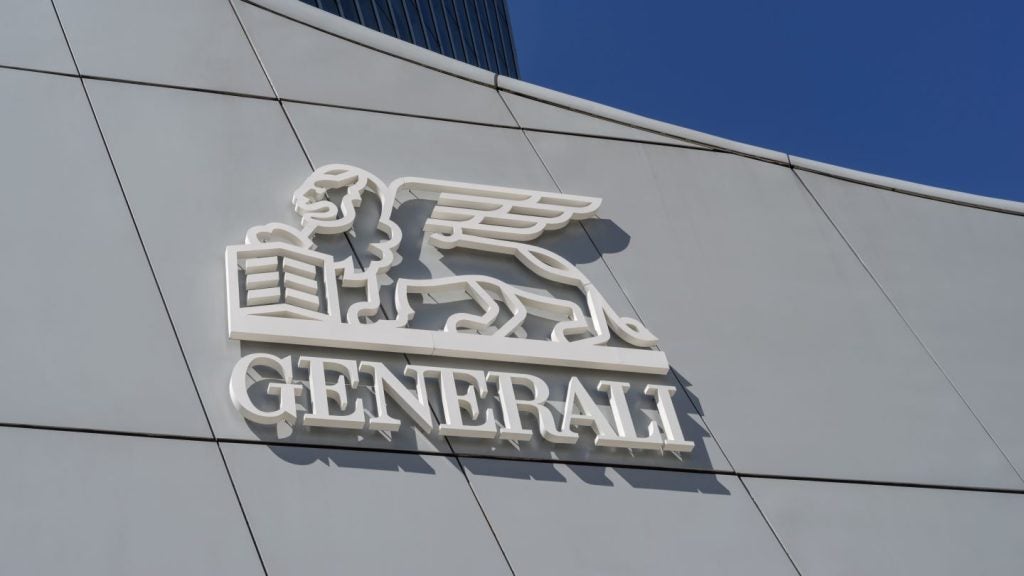At the onset of the COVID-19 outbreak, motor insurers were one of the least financially impacted by the national lockdown. However, as road traffic levels have returned to pre-lockdown levels, interruption to the motor insurance supply chain has created a backlog for repairs and a shortage of parts.
Additionally, consumers’ driving behaviour has changed, with some not needing to use their vehicle as they work from home, while others are using their vehicle instead of public transportation over fears of contracting the virus.
What happened to motor insurance during lockdown?
According to GlobalData’s upcoming report, UK Private Motor Dynamics and Opportunities 2020, the UK private motor insurance market is forecast to reach £15.5bn ($20.2bn) by 2024, representing a compound annual growth rate of 3.4% between 2019 and 2024. An increased cost of premiums will drive growth.
Increasing premiums will be driven by an increased cost in payouts from repairs and bodily injury, which accounted for the majority of claims payouts in 2019. While there has been a fall in payouts during the first half of 2020, the average cost of claim payouts for bodily injury and repairs has increased. This is because less road traffic has resulted in more severe and expensive road traffic accidents. Even though road traffic fell during lockdown, many vehicle owners drove at higher speeds on average, leading to an increase in the average cost of payouts.
Additionally, due to the pandemic, the Civil Liability Act, which was aimed at limiting the cost of bodily injury payouts, has been postponed once again to April 2021. The government delayed the implementation in order for insurers to focus their efforts on helping customers during the COVID-19 outbreak. This means that insurers will have to wait another year in order to reap the benefits of the bill.
Additionally, due to the national lockdown, vehicle manufacturers had to suspend operations and many repairs shops have had to close for an indefinite amount of time. This has created a shortage of vehicle parts and a backlog of vehicle repairs, which are set to cause further increases in the costs of repairs. Additionally, with the majority of insurers offering customers car hire in their standard policies, the backlog in repairs will put greater financial constraints on insurers.

US Tariffs are shifting - will you react or anticipate?
Don’t let policy changes catch you off guard. Stay proactive with real-time data and expert analysis.
By GlobalDataPremiums
Based on data from the Association of British Insurers, the expected increase in premiums comes at a time when premiums were already at a historical high, sitting at £480 for the last three years. The increase in costs will not be welcomed by consumers and could push some to switch to usage-based motor insurance products. Motor insurers will have to come up with a solution to mitigate costs from an increasing number of more expensive claims.







